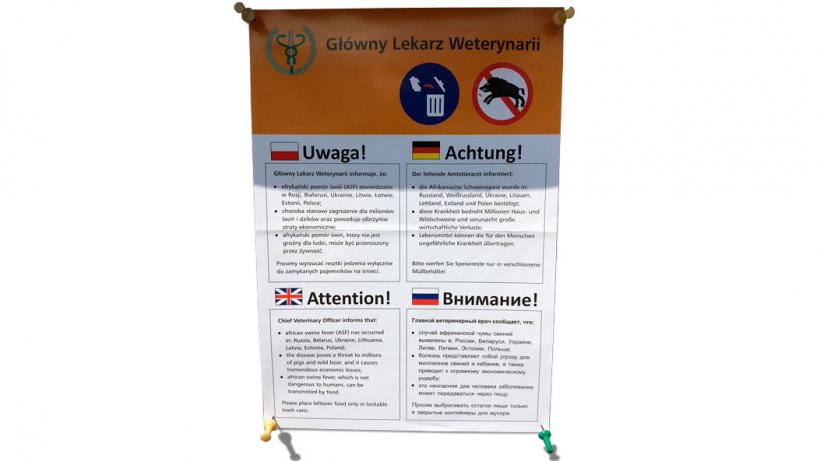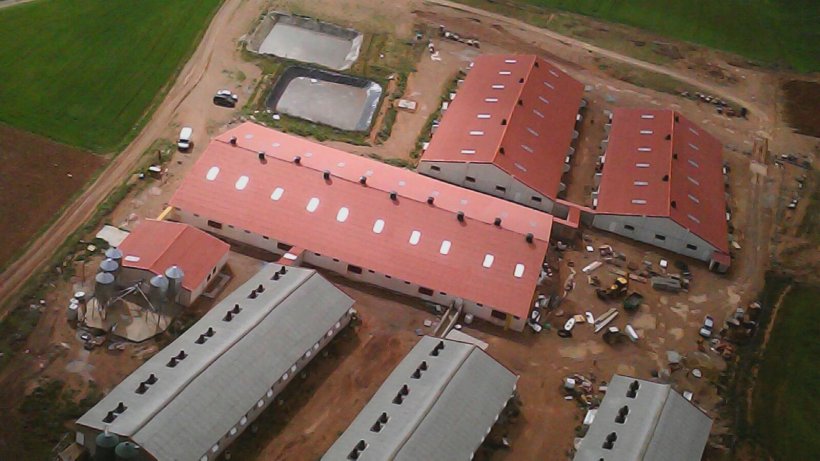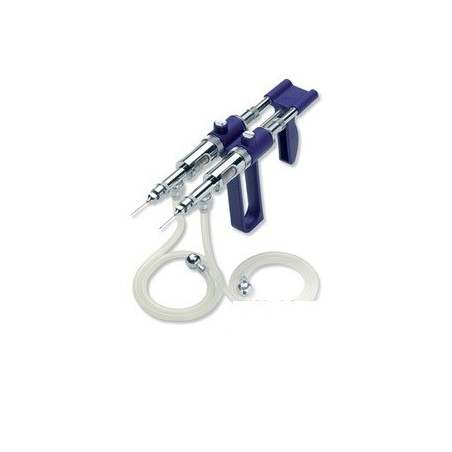The fact that Spain is among the leaders in pig production is a pride and a great responsibility for us, the professionals that work in this industry, and it must make us reflect on the challenges that we face, as some of them will increase in the future.
Focusing exclusively on production, without bearing in mind the meat sector, we will briefly review some of the challenges that lay ahead of us:

A harmonic development of the industry that allows an orderly growth, favouring the territorial structuring, the rural development and the settlement of population in some of the geographical areas with a low population density (not to say deserted) in Spain.
The pig sector must develop in areas where the pig production activity does not cause conflicts with other human activities: this is, in low-population regions, and not saturated regarding pig production.
No new farms should be built in certain areas, already with some degree of pig density.
Animal health is and must be one of the main strengths of the Spanish pig production, especially in a sector that exports 50% of its production to many countries, many of them very demanding regarding health conditions.
The joint actions in the sector, coordinated by the Administration, was very important for the eradication of endemic diseases in our country: ASF, CSF, foot-and-mouth disease. In the last years, the Plan for the Control of Aujeszky’s disease is yielding results.
We must go on working in the control of diseases. In this sense, a national plan for the control of PRRS would be a good measure.

Message in Poland warning of the threat entailed by wild boars for the spreading of ASF. There is danger regarding the spreading of ASF to the rest of Europe.
The Spanish pig sector, that comes off badly in the classification regarding the use of antibiotics in livestock produced by the EMA (European Medicines Agency) in 2015, must go on with the effort started in 2016 towards the production of pork with less antibiotics, and be an example of good practices.
The decrease, in the last months, in the systematic use of colistin as a result of the Voluntary Plan for the Reduction in the Use of Colistin started in 2016 and promoted by the AEMPS (Spanish Medicines and Medical Products Agency) is encouraging.
Pig production must be completely compatible with the environment. We, the farmers, must be the first ones interested in the fact that our sector respects the environment, and that the slurry is used as an agricultural fertiliser, and not as a farming residue, managing their use correctly and reducing, in this way, the use of chemical fertilisers.
The society, and especially the new generations, are increasingly sensitive to animal welfare, and apart from fulfilling the European legislation standards, we must be sensitive to what society demands and be ready to fulfil its demands.
The key message to transmit to the society is that pigs have never been raised with as much‘comfort’ and health, feeding (and other) guarantees as today.
We must eradicate from our vocabulary the concept of "animal exploitation", due to its implicit pejorative meaning, and replace it for pig farms. We must also be very selective with the images that we transmit to the society. We cannot only transmit negative images of the sector.

Sometimes, what is good for pigs and pig production, such as modern, climate controlled and automated farms is seen, by certain sectors of the society, as a production linked to multinationals, factory farms, environmental pollution and animal exploitation. We must, therefore, communicate better to the society the efforts that we are making to produce more effectively and sustainably.

Large, climate controlled and well-structured farms allow to work with higher animal welfare standards and allow the workers to enjoy shifts and holidays that were previously impossible, but certain sectors of society have a negative opinion of them.
The health control of the meat we produce is another pillar of our professional intervention. Informing the society, as a whole, that we produce wholesome meat from the health and dietetic viewpoint is a very important task.
The almost total control of diseases such as trichinellosis and other parasitosis that have pigs as their intermediate hosts must make us focus on new health challenges such as Salmonella, MRSA (methicillin-resistant Staphyloccocus aureus) and Campylobacter control programmes.
The new information technologies (Internet among them), facilitate the access of the general population to several reports against modern farming, and it is our duty to transmit to the society that we have never produced pork with as many health, environmental, efficiency (regarding natural resources) or animal welfare conditions as nowadays. Does anybody remember how pigs were fattened until few years ago: enclosed in small pens, seldom cleaned, where the animals lived without light, indoors, eating frequently deficient rations and without any kind of health control? We must work, from the industry and its associations, to spread a positive image of the sector.
It is not by chance that Spain leads the world pig production: the work at the farming companies, the farmers, veterinarians, technicians and the industry as a whole are making it possible.
We must not be victims of our success nor contemplate our navel. Let us continue working, being self-critical, to improve and give a more positive image of the industry, solving the important current challenges and preparing ourselves to solve the challenges that lay ahead of us.







